The Infamous History of Killer Bees

Back in the late 20th century, headlines warned of “killer bees” sweeping across the country, leaving chaos in their path. These insects were painted as unstoppable invaders, the stuff of both real concern and Hollywood horror. But decades later, what really became of the so-called killer bees? Let’s look at the story.
1. Remember the panic?
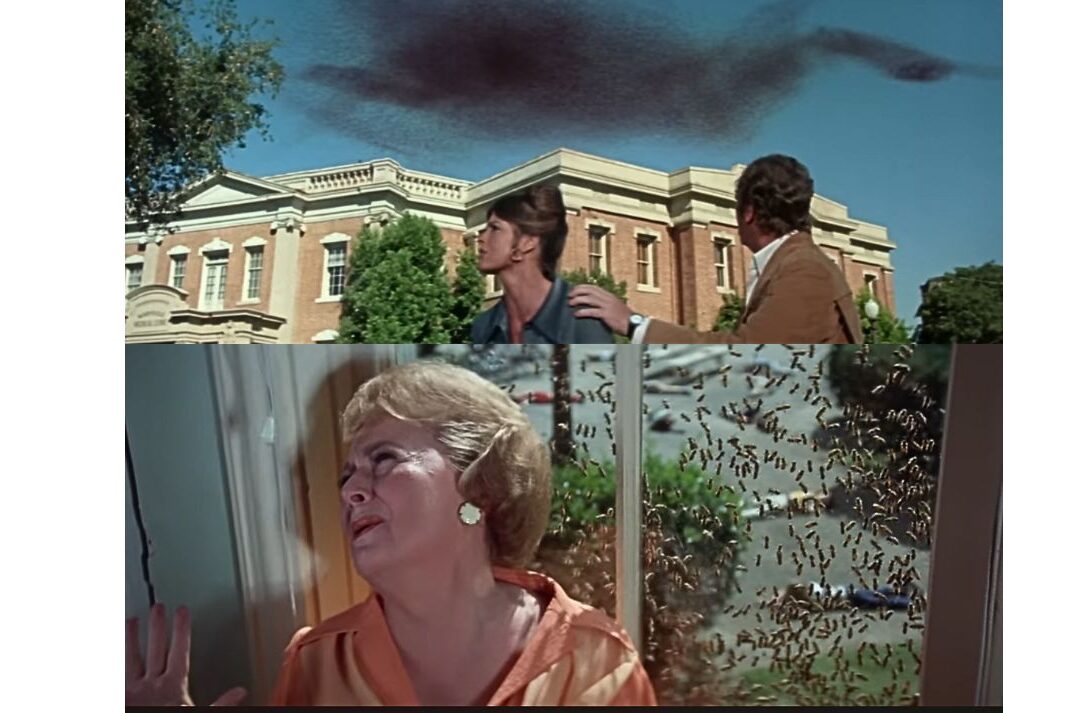
In the 1970s and ’80s, Americans were convinced killer bees were coming for them. News reports breathlessly described swarms of Africanized honey bees moving north, painting vivid pictures of people chased down streets or trapped in cars. The 1978 movie The Swarm exaggerated the threat even further, showing cities collapsing under buzzing armies. For everyday people, it wasn’t just entertainment, it felt like a real possibility. Schools even held safety talks in some places, teaching kids what to do if bees attacked. This atmosphere of fear turned a serious but manageable ecological issue into a full-blown cultural panic.
2. What are Africanized bees?
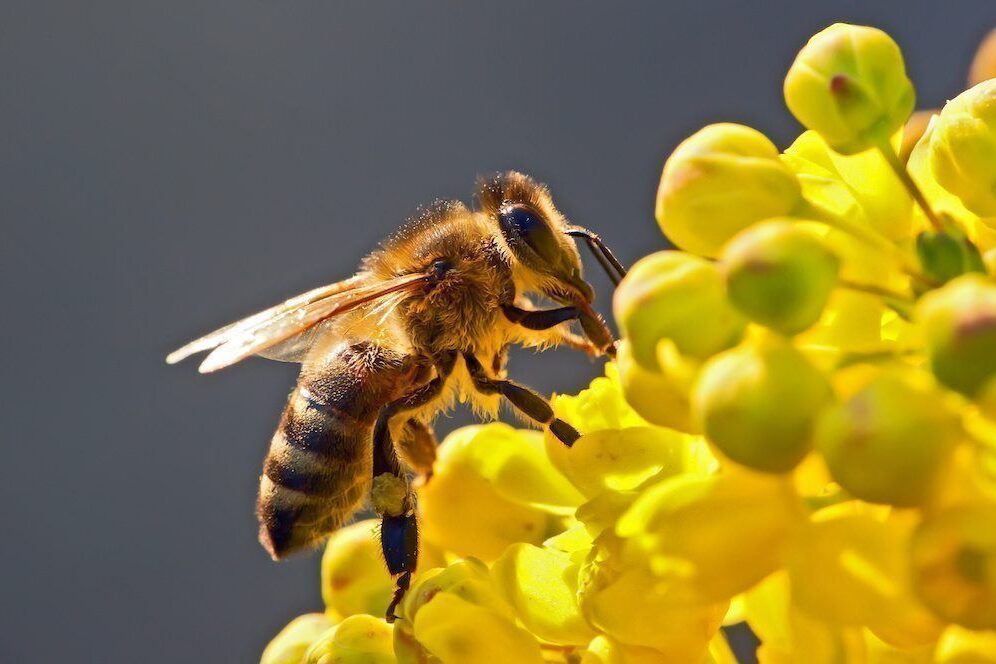
Africanized bees are not a different species but a hybrid. In the 1950s, Brazilian scientists tried crossing European honey bees with African bees, hoping to increase honey production in hot climates. A handful escaped from experimental hives, and nature did the rest. Over the decades, their offspring spread steadily through South and Central America. By 1990, they were spotted at the U.S.-Mexico border. Their reputation came from their behavior: unlike European honey bees, which are relatively calm unless provoked, Africanized bees defend their hives quickly and attack in overwhelming numbers.
3. So where did they go?

The killer bees didn’t vanish, they blended into the background of everyday life. Today, Africanized honey bees can be found throughout Texas, Arizona, New Mexico, California, and parts of Florida. They prefer warmer regions and rarely spread into colder northern states. For locals in these areas, the bees aren’t a news sensation anymore, they’re just another insect in the environment. While occasional incidents still occur, the scale of danger once imagined never came to pass. Over time, what once dominated headlines simply became a normal, if sometimes tricky, part of life in the South and Southwest.
4. Why aren’t we still terrified?

The fear faded because people learned and adapted. Beekeepers discovered ways to manage Africanized colonies more safely, while public agencies taught communities how to spot and avoid nests. Fatal encounters proved rare, and most people could go about their lives without worry. In the 1990s, a handful of tragic cases kept the fear alive, but as time passed, reality replaced hype. The “killer bee invasion” was no longer front-page news, and instead of panicking, people learned how to coexist. Today, the bees are treated with caution, not horror, just one of many risks found in nature.
5. They’re even useful now

Despite their reputation, Africanized bees have shown surprising benefits. They’re hardy in hot climates, excellent pollinators, and in many cases more productive than European honey bees. Farmers in the southern U.S. rely on them to help sustain crops and wild plants that otherwise struggle without pollinators. Their resilience makes them well-suited to regions where gentler bees might not survive as easily. While no one would call them cuddly, their role in keeping ecosystems and agriculture thriving has made them more of an asset than a threat. In the end, the very bees once feared as invaders turned out to be valuable partners in food production.
6. But they’re still dangerous

Even though the fear has faded, Africanized honey bees are not harmless. They defend their hives far more aggressively than European bees, and once provoked, they can chase people or animals for up to a quarter mile. A single sting isn’t usually serious, but hundreds of stings at once can overwhelm pets, livestock, or people, especially those with allergies or existing health conditions. Stories still surface of unsuspecting gardeners or hikers disturbing hidden hives in sheds, utility boxes, or tree hollows and being swarmed within seconds. These incidents are reminders that while the panic may be gone, the risks remain real when these bees feel threatened.
7. How to stay safe
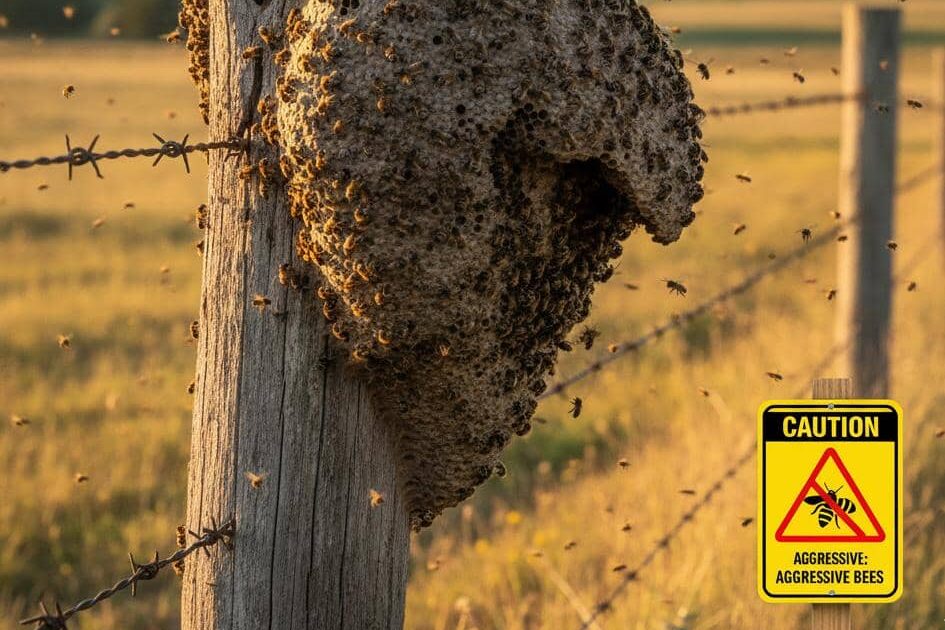
The best way to avoid trouble with Africanized bees is simple: don’t disturb their hives. These bees often build colonies in small, hidden spaces like fence posts, old tires, or water meter boxes, which means people may stumble upon them accidentally. If you ever encounter an angry swarm, experts advise running in a straight line toward shelter, covering your face, and resisting the urge to swat. Unlike wasps, bees can’t follow you indoors, so a car or building provides safety. This advice has become part of local education in states where Africanized bees live, ensuring communities know how to respond quickly and effectively.
8. Can we breed out the aggression?
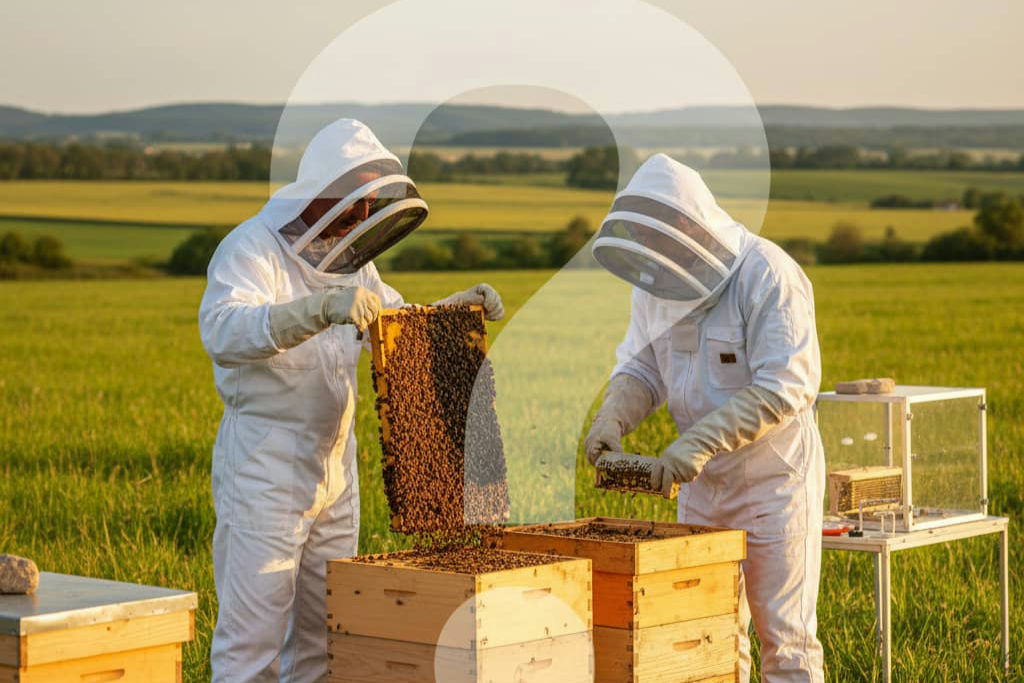
Scientists haven’t given up on the idea of creating a calmer bee. By selectively breeding Africanized bees with gentler European strains, researchers have already produced hybrids that retain resilience without extreme aggression. In places like Brazil, beekeepers report that colonies are less hostile now compared to early decades of the invasion. Still, genetics are unpredictable, and the aggressive traits can reappear in future generations. The process is slow, requiring careful monitoring and patience, but the goal is clear: to keep the pollination benefits while reducing the dangers. Over time, this kind of breeding could transform the reputation of Africanized bees for good.
9. What happened to the movies?

The “killer bee” invasion that once fascinated Hollywood fizzled as reality proved less dramatic. Films like The Swarm (1978) or Killer Bees! (2002) thrived on fear and imagination, but they quickly became dated once the threat didn’t unfold as predicted. By the 2000s, the idea of bees as horror villains gave way to other nature-inspired scares, leaving killer bee movies as campy relics of the past. Today, these films are remembered more for their over-the-top special effects and melodramatic acting than any sense of real danger. In a way, the decline of the genre mirrored how public fear shifted into indifference.
10. Nature adapted and so did we
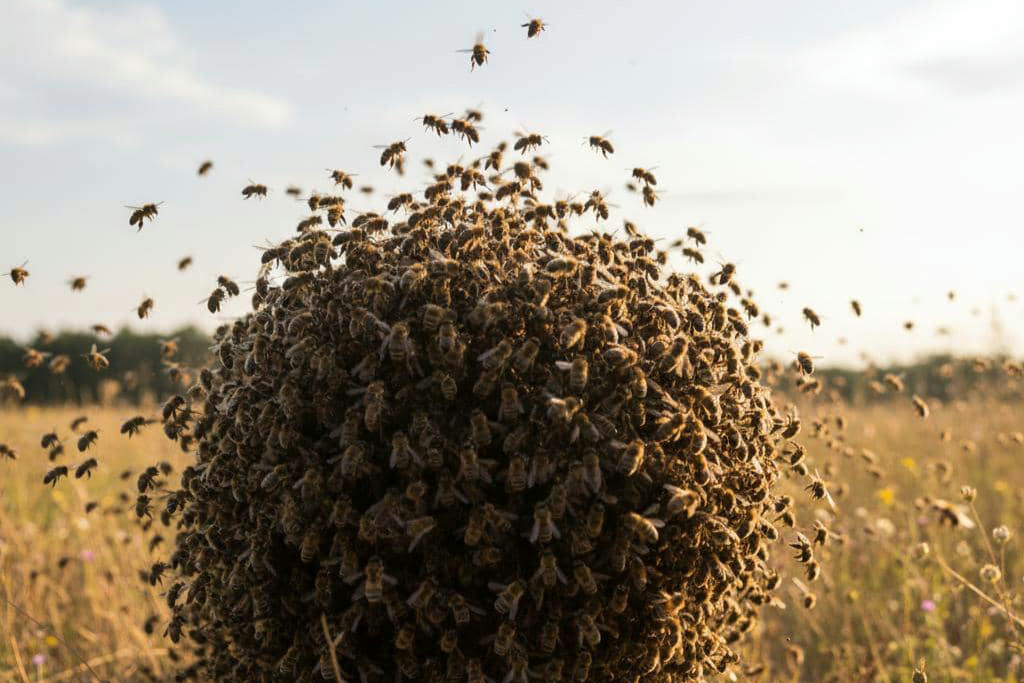
The story of Africanized honey bees is ultimately about adaptation, both theirs and ours. The bees adjusted to new environments, spreading northward and finding ways to thrive in American ecosystems. Humans, in turn, learned to manage them through science, education, and practical precautions. What began as a looming nightmare evolved into an everyday reality that communities could handle. While Africanized bees remain a species to respect, not fear, they also serve as a reminder of how quickly myths can grow, and how knowledge and patience can bring balance back to the story.
This story Killer Bees Were Supposed to Take Over America, So Where Did They Go? was first published on Daily FETCH


